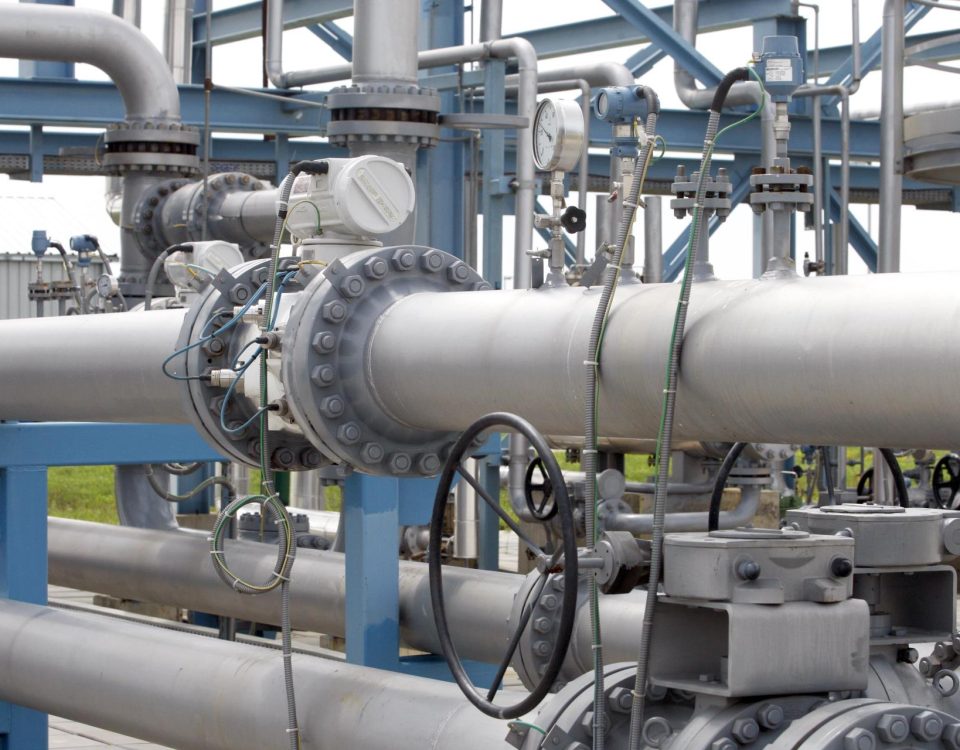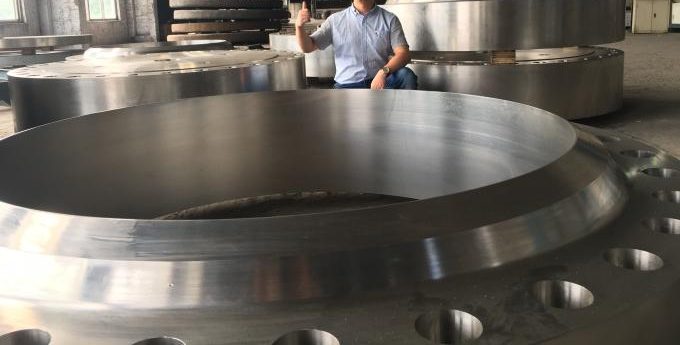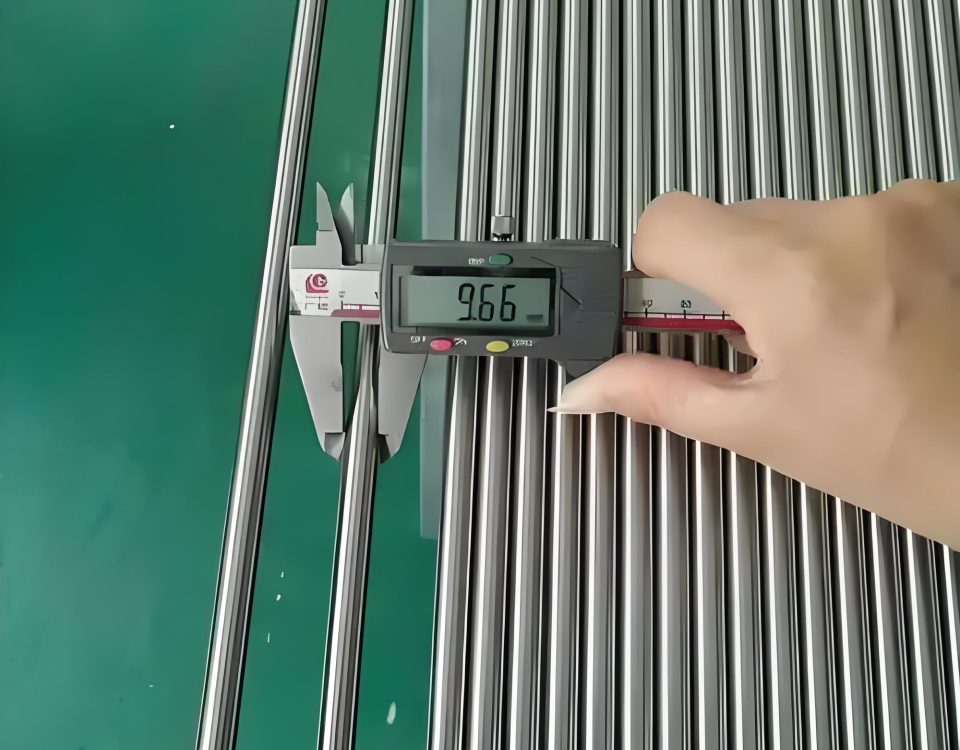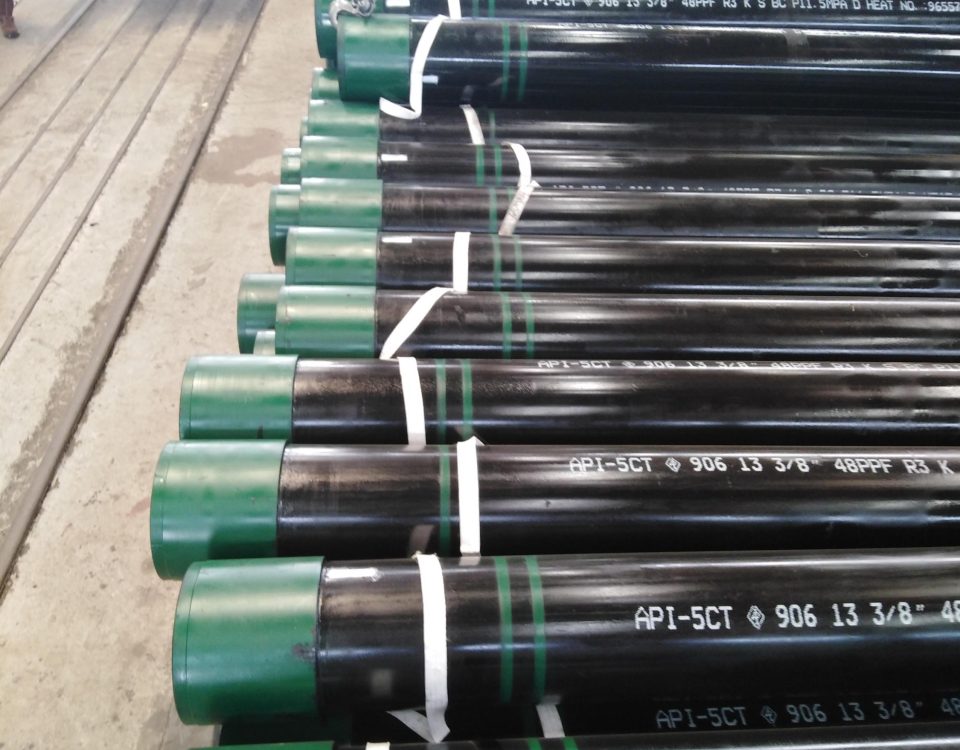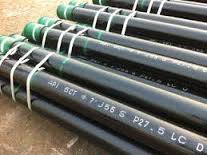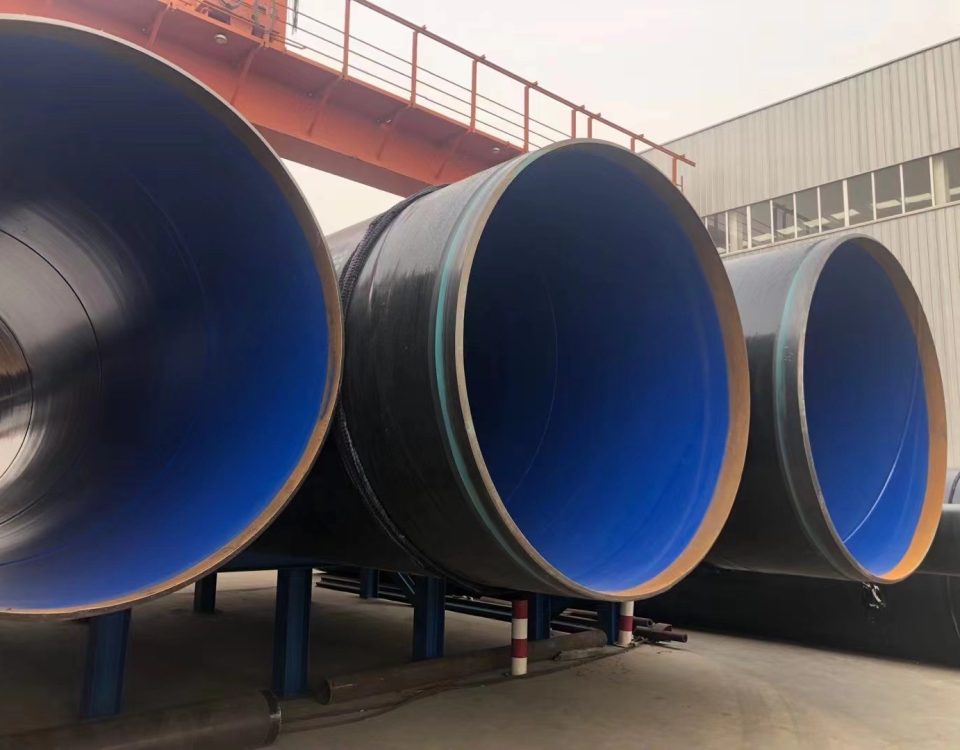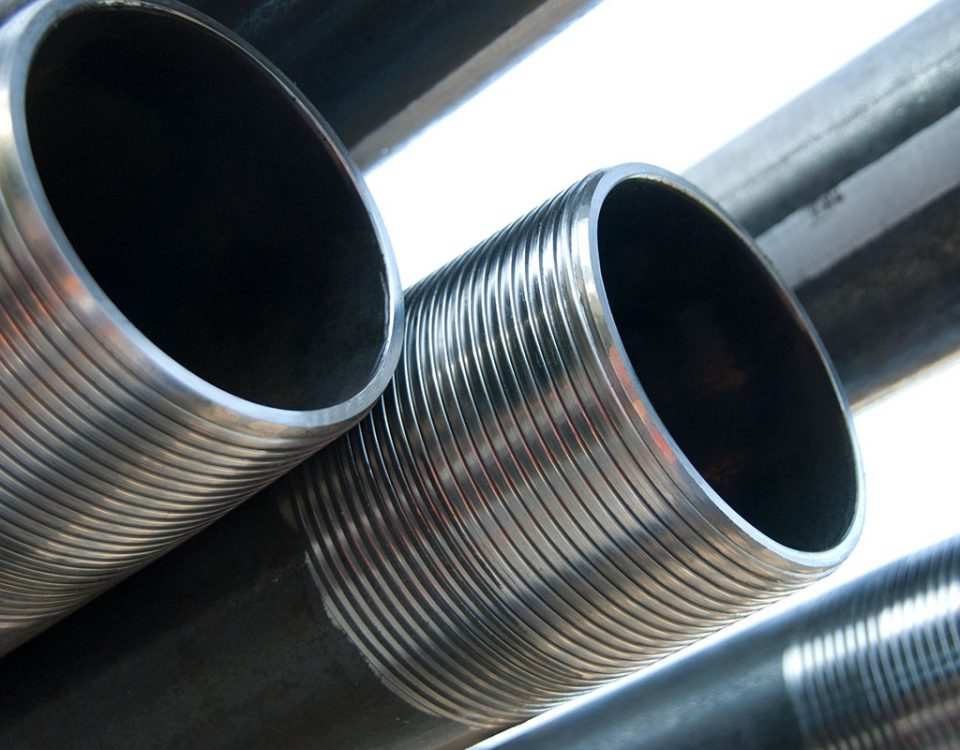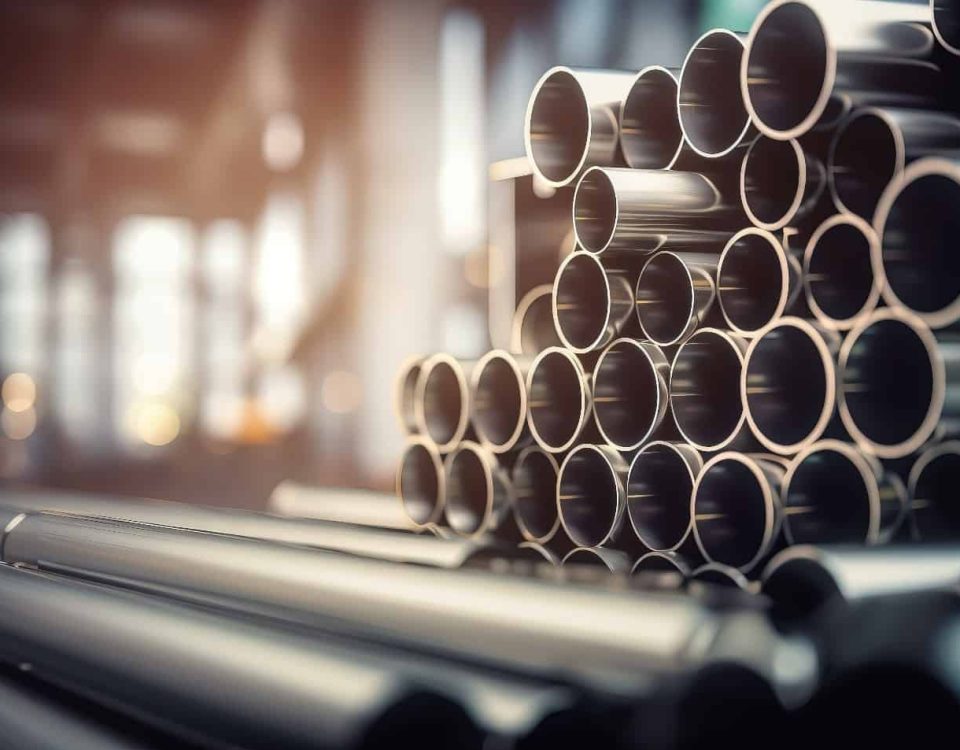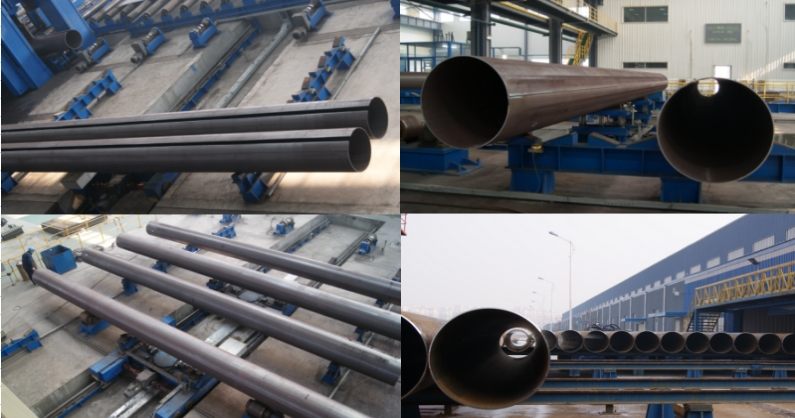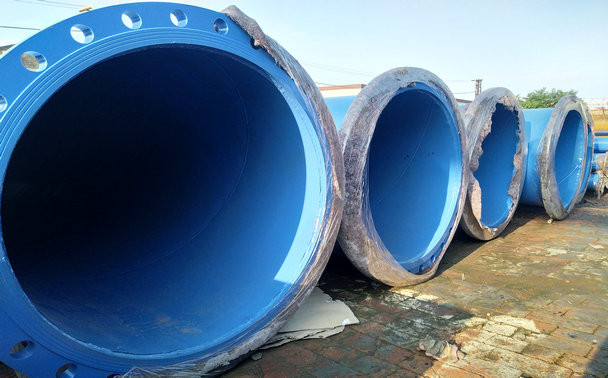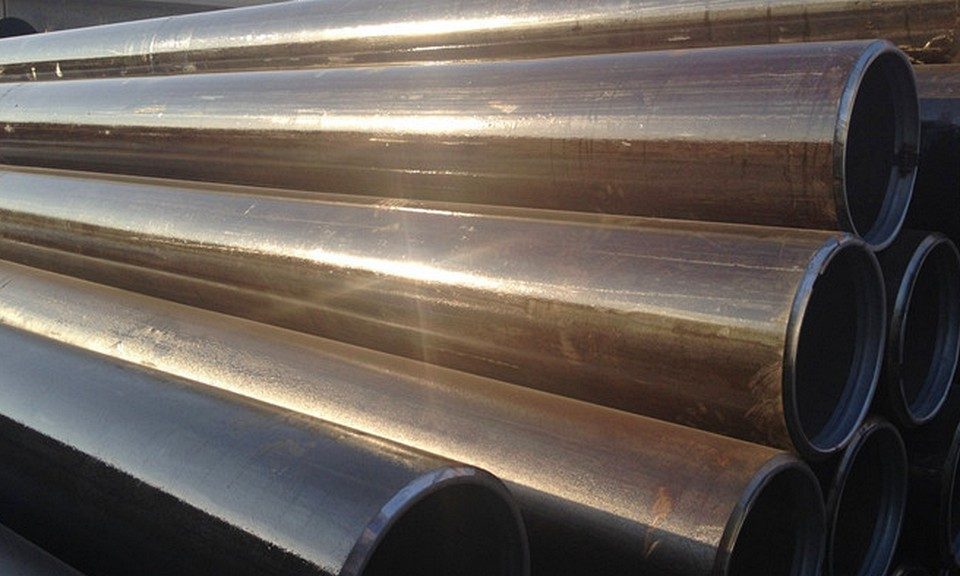
Chemical Steel Pipelines – Designing Application Pressure and Temperature
October 3, 2024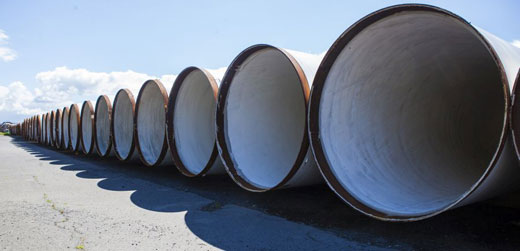
Outline for Steel Pipe: Coatings, Design, & Installation
October 7, 2024Introduction
Stainless steel finds extensive use in piping distribution networks for potable water and is normally resistant to corrosion due to its chromium oxide film. However, smaller diameter pipes may experience altered electrochemical behaviors affecting long-term integrity depending on mass transport limitations. This paper investigates the influence of pipe diameter on type 304 stainless steel corrosion susceptibility when exposed to tap water via potentiodynamic polarization and electrochemical impedance spectroscopy.
Experimental Methodology
Test samples were machined from annealed 304 stainless steel bars into cylindrical pipes of 5, 10, 20 and 40mm internal diameters to assess diameter effects. Samples were polished to 1200 grit finish, immersed in tap water at room temperature, and an energized in situ setup employed a saturated calomel electrode (SCE) and platinum mesh counter electrode. Potentiodynamic scans ranging -1 to 1VSCE evaluated active/passive behavior at 0.5mVs-1 scan rate. Electrochemical impedance spectra (EIS) from 100kHz to 10mHz under -0.2VSCE shed light on corrosion mechanisms.
Potentiodynamic Results
Figure 1 depicts the polarization curves for varying pipe diameters. While passive current densities remained similar order of magnitude, the protection potential for the 40mm pipe was -0.25 VSCE versus -0.45, -0.40 and -0.38 VSCE for 20, 10 and 5mm diameters respectively. Larger scattering impedances also accompanied smaller pipes during active dissolution. This indicates mass transport hindrance in narrower bores leads to less noble repassivation and higher corrosion susceptibility.
Electrochemical Impedance Results
EIS measurements in Figure 2 depict constant phase element (CPE) fitted curves correlating to electrical double layer properties. The diameter trend shows increasing impedance magnitudes from 40 to 5mm pipes as charge transfer resistance decreased from 30 to 15 kΩ for smaller interior surfaces. A pitting incubation period was evidenced past 1 day of exposure only for the 40mm pipe. Overall results support reduced corrosion protection in thin laminar flow regimes within narrower diameter pipeworks.
Discussion and Conclusions
In summary, the presented experiments demonstrate type 304 stainless steel pipe diameter measurably influences electrochemical kinetics and corrosion protection mechanisms in non-deaerated tap water. Smaller pipe interiors experience inhibited mass transfer enhancing active dissolution and delaying chromia film healing. These effects are attributed to thinner diffusion layer thicknesses confining elemental migration rates. For optimal corrosion resistance in piping infrastructure, larger minimum diameter design criteria avoid localized degradation in type 304 stainless potentially compromising structural integrity long-term.


